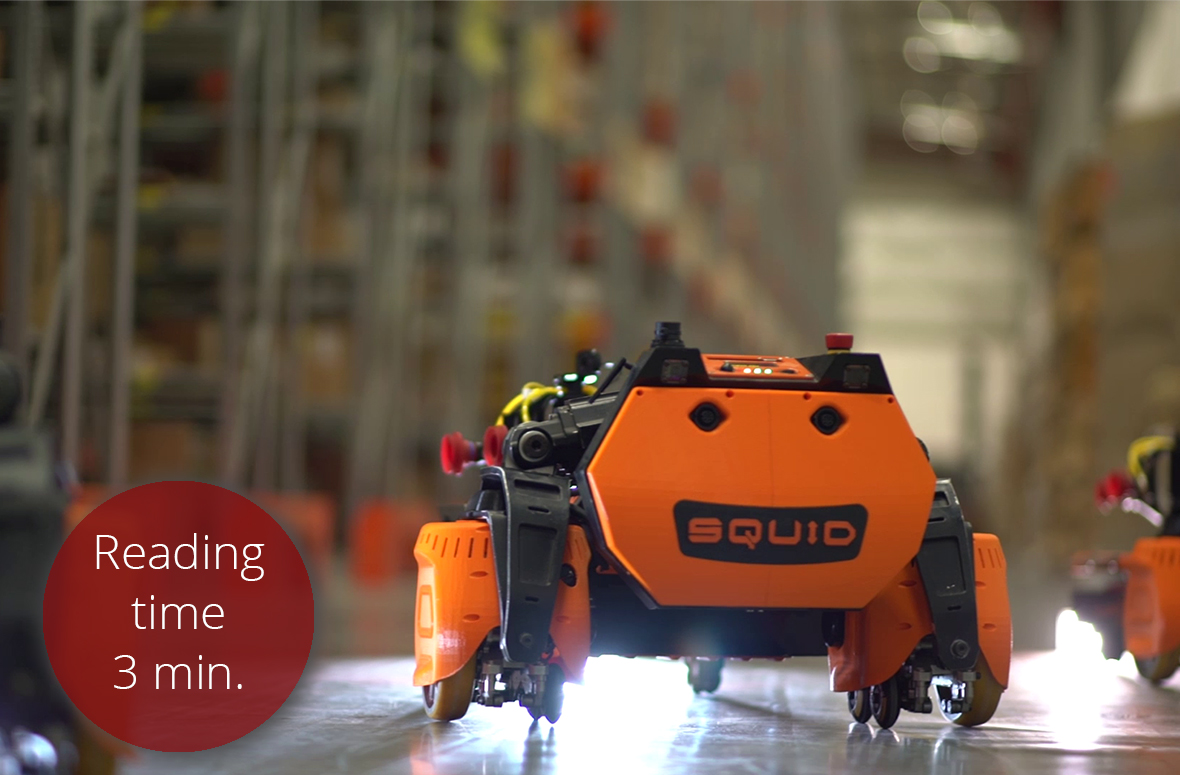Don’t Worry, Be Agile
28.04.2021
.jpg)
Agile, Scrum, Kanban, XP.
Whether you’ve already heard these terms before or this is the first time you encounter them, what’s important to know is that they all refer to one of the most popular approaches in product development today - the Agile methodology.
In the past, the common approach for product development was the Waterfall, a linear process in which each stage of the project needs to be finished before the next one begins. The Waterfall includes the UX specification, UI design, development, and QA testing phases, while taking into consideration all required features, user stories, and edge cases.
While this approach fits well to tangible, industrial products, it does not take advantage of the unique characteristics of technological ones (mainly, the ability to measure user behavior in real time and make adjustments accordingly, thus best exploit time and money). When it comes to software product development, which is highly affected by the constant technological and business changes, the Waterfall approach has a serious problem - it is inflexible, and therefore less suitable. As such, the Agile methodology had started to rise.
So what is Agile and why it is better?
Agile is a structured, iterative approach for product development, that recognizes the volatility of projects and provides teams with the tools to respond quickly to feedback and changes. While Agile involves various approaches and implementations, we at Moveo make sure to apply the concept focusing on the following practices:
- Minimum Viable Product (MVP) - Thinking of the leanest version of a new product we can build to deliver value to customers. The idea is to focus on one value in order to validate the product and find the features the customers are actually interested in, without having to fully develop the product.
- Iteration or sprint - Defining a repeated timebox in which work items need to be developed and tested (as opposed to “when they will be ready”). The duration of each iteration is determined in advance by the team, usually lasts between 1-4 weeks and is fixed for the entire project. Each iteration ends with the delivery of a tangible, live product, for the user to experience.
- Ceremonies - Holding regular internal meetings that provide a structured framework for work, encourage the team to collaborate and communicate, and help to drive results. While each team decides which ceremonies are the most suitable for its goals, we choose to conduct the below ceremonies:
- Sprint planning and discovery - Occurs before the beginning of a new sprint, designed to make sure the team members know what they’re going to work on and how they’re going to do it. During the meeting, the product manager details the contents and makes sure there are no knowledge gaps that can effect the sprint.
- Daily stand-up - A daily meeting in which the team defines the plan for today and identifies potential obstacles. The purpose is to create better collaboration and synchronize the work.
- Sprint Retrospective - The final ceremony in the sequence, allows the team to look back on the work, analyze their performance and identify points for improvement.
- A/B Testing - Examining two different options and decide on the best one to proceed with. We refer to A/B testing as if we were conducting an ongoing scientific experiment in order to optimize the results. This applies to features we would like to test as well as on working processes within the team.
Agile is for everyone, from entrepreneurs to organizations
We hear people convincing themselves why Agile is not the right methodology for developing their product. The most common objections are the difficulty of choosing and focusing on one value, and the need to know the precise development budget and set the exact timetable.
To answer that, we like to refer to a triangle that comprises of three sides: time, product components, and budget. The idea is to set one or two sides of the triangle and to be agile with the others. Let’s take an entrepreneur who is about to attend a big conference, where he’ll get the chance to present his new product to dozens of people. Looking at our triangle, the date of the conference is fixed, and so is the development budget. The only thing the entrepreneur can change is the product components. To successfully apply the Agile concept, he should decide on what is the biggest value he can produce for his potential customers and plan the product’s development accordingly.
This is not Agility
When applying the Agile concept, there are some mistakes that people tend to do, resulting in a development process which is not agile at all.
- Not an MVP - When people think they are focusing on delivering one value, while they’re not. For example, when planning a product that helps people to find a restaurant and navigate to it, the product actually has two main features - search and navigation. * If there’s an “and” - this is more than one value, thus is not an MVP.
- Put the business model before the product - When developing a product, the sole purpose at the beginning of the process should be to create value for customers. If the main focus will be on how to make money, this inevitably means providing less value. Our advice is: Bring the users, deliver value, and create retention. Only then think of how to monetize.
- Be afraid of changes - If there’s a need to change some features in the product or even to pivot - there is no need to panic. The agile infrastructure was developed in order to better handle changes, and it allowed to identify those changes after a few weeks rather than months of development.
For years, I knew to recite and follow the Agile principles and rules. The more projects I witnessed and the more products I researched, the greater my understanding of the real value the Agile approach can provide. I refer to Agile not just as a work format but as a way of thinking and try to implement it in my everyday life. I start by thinking of the biggest value I can bring, making changes on the go and breaking big tasks into smaller pieces. Try to be Agile, whether in product development or in day-to-day projects. The maximum value is promised.
To continue reading about Agility, check out the two follow-up articles :
Being Agile - This is How to Get Started
How to Choose the Right Agile Method
Moveo is a tech and creative agency, providing cutting edge solutions for startups and brands. Moveo’s services include: Mobile Development, Web Development, AR/VR, UX/UI Design, Branding, and Digital Marketing.


.jpg)








